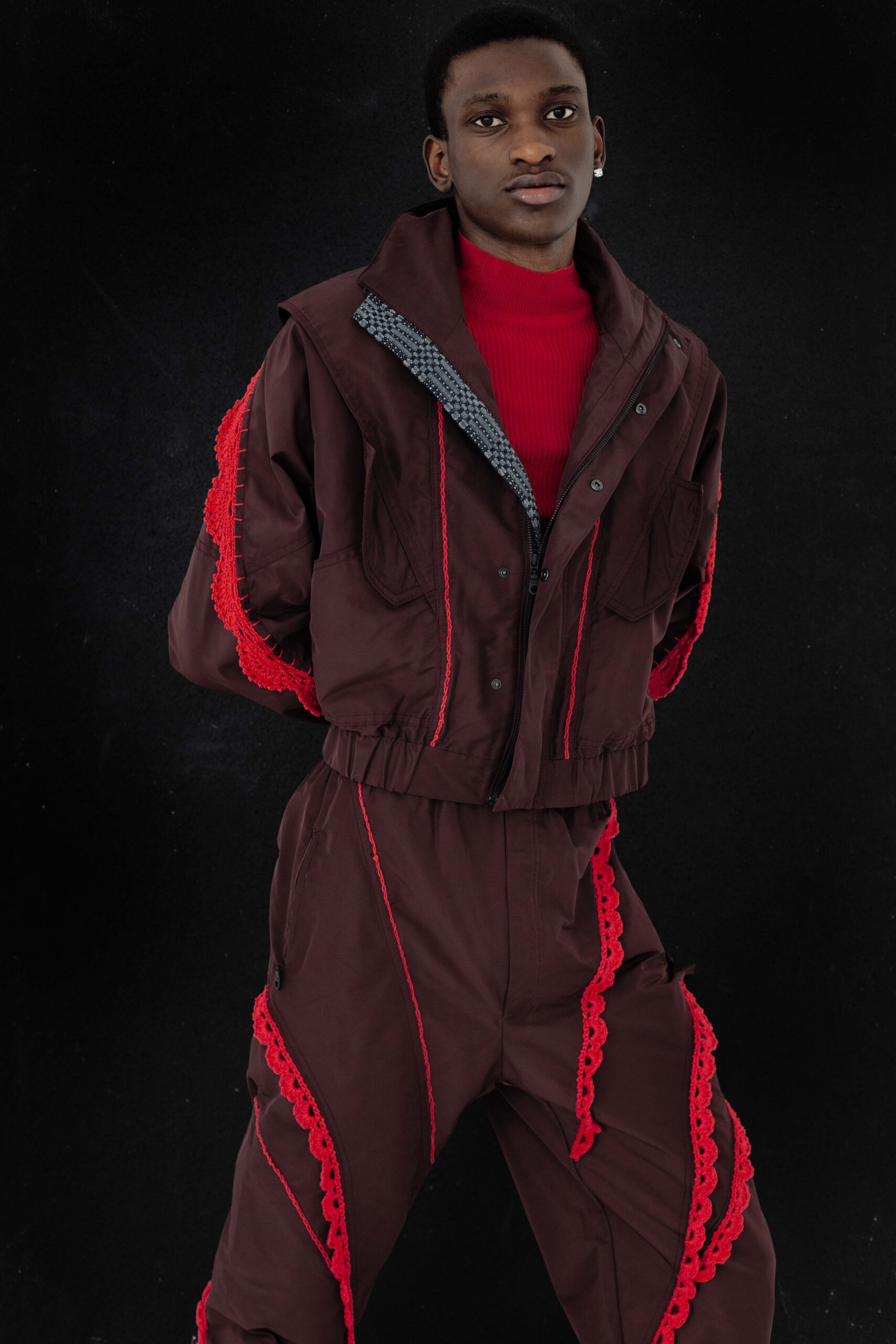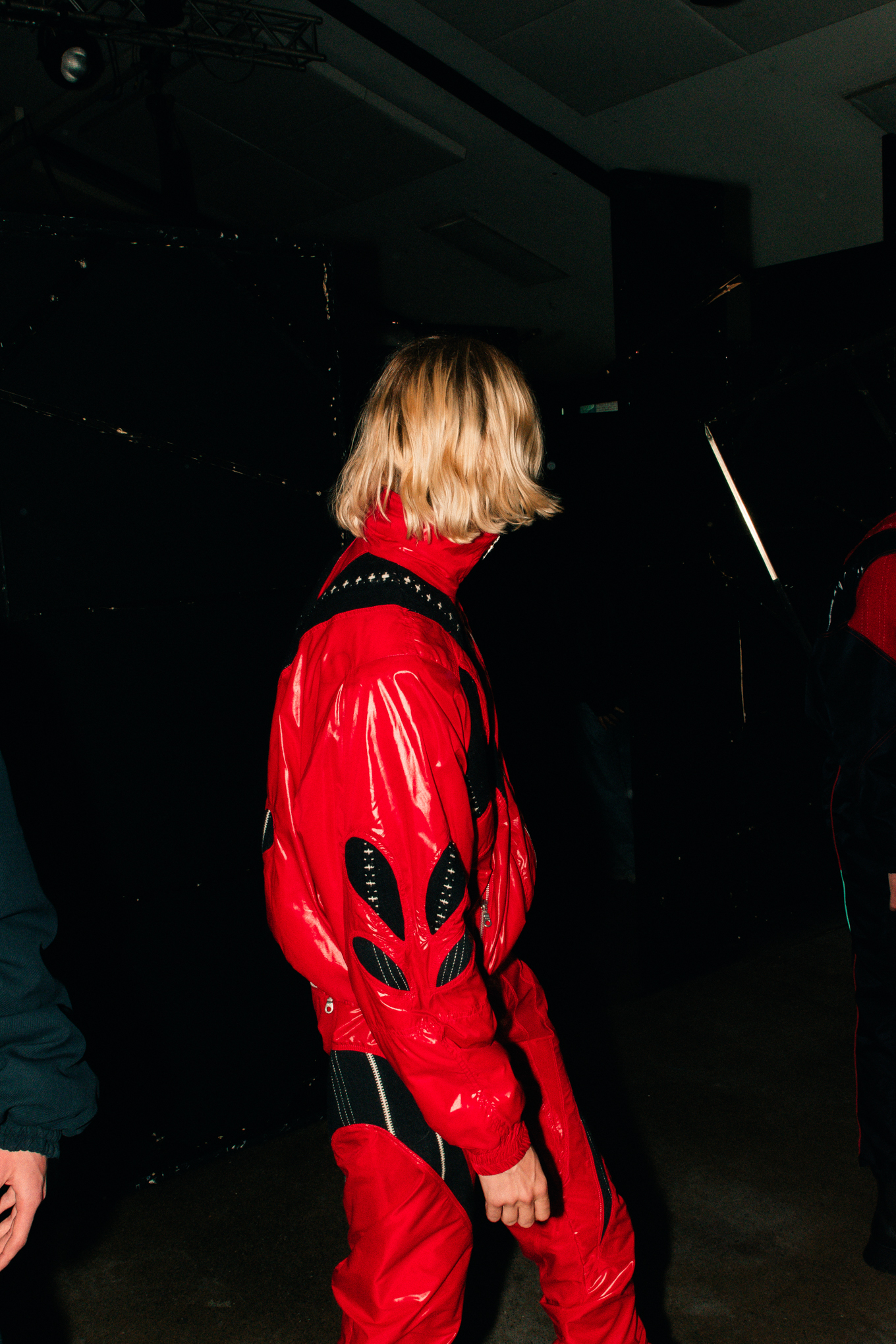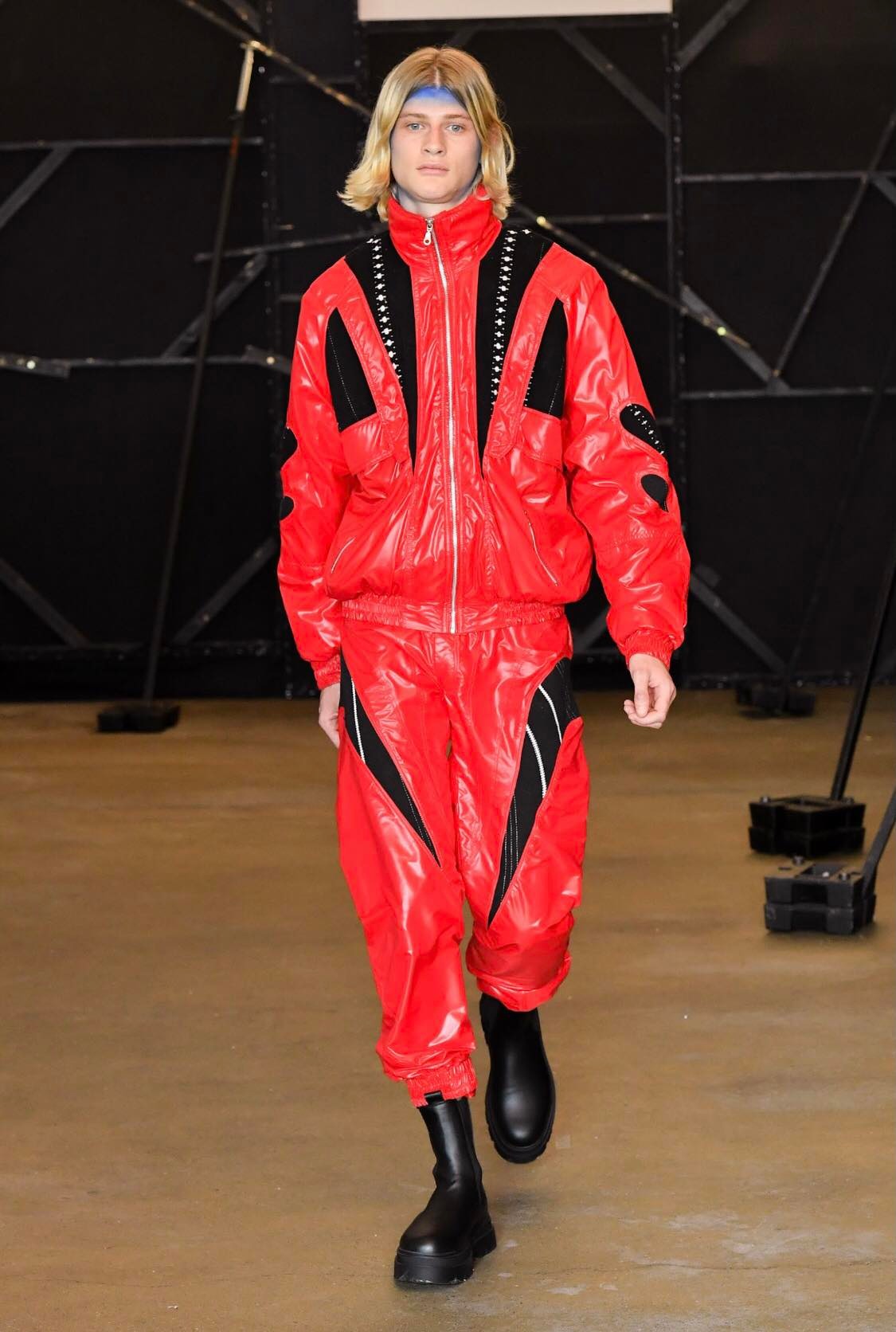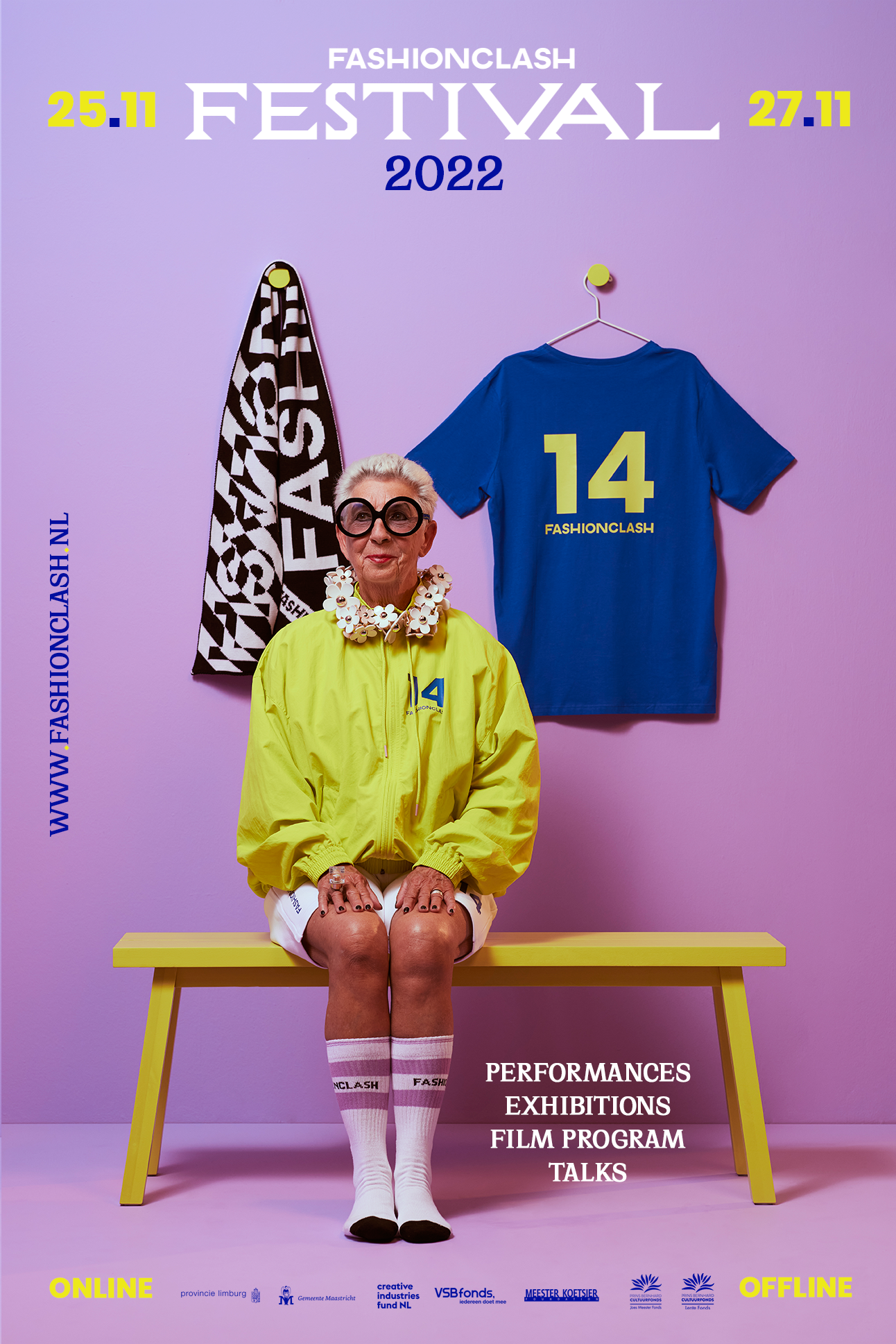Sharing her New Fashion Narrative we speak with ZOLI, in preparation for their FASHIONCLASH exhibition

Scarlett Casciello
Fanni Flora Henics grew up at intersection of two cultures, and her brand ZOLI is an exploration of this duality. Traditional Hungarian folk motifs find themselves in unexpected contexts – along the sleeves of Austrian ski jackets or leather trousers. We caught up with the young designer to learn more about ZOLI, in the anticipation for their show at the FASHIONCLASH festival x Glamcult New Fashion Narratives exhibition. Reminding us that figuring out your identity is never a linear path, Henics channels an experience shared by many through a personal lens. The result – Clash, a collection where two cultures coexist in a visually thrilling balance and their own individual glory.
Hey! How have you been?
Good, a lot of projects since finishing the MA. Obviously, not all of them paid, so it’s a bit tough. Hard to live off it, but great exposure, haha
Creative industries really need to get it together to support young artists.
Definitely.
Going to jump right into it, the theme of duality seems to be running through your work a lot. Could you please tell me a bit about that?
The phenomenon of growing up bicultural is something that has always interested me. The feeling of when you’re a kid or a young adult and are trying to build yo identity, grasp the pieces that make you you. Obviously, culture is such a big part of that. Growing up with parents with completely different cultures from the one you’re surrounded by, but identifying with all of them pretty much the same. Sometimes, you feel like you belong in one place more than the other, and it can change. I guess that feeling is what I was trying to show in my collection.
Was there a specific moment when you felt the clash between the two cultures or has it always been present in your life?
I realised it more looking back on it, as I was putting my identity together into what it is now. It gave me so many more positive things – you’re just so much more exposed to different cultures, it makes you a lot more open. At the time, I think I was kind of fighting within it, the clash between Eastern and Western Europe and the preconceptions that come with that. It was a bit of “what am I more of?”. My parents are Hungarian but I grew up in Austria. All of my friends were Austrian, so I’d come back to a completely different culture at home.
It’s like living a double life.
Exactly. A lot of people go through that, but I think as a kid it’s very much about your world and what you’re going through.

Jivan West

Carlo Scarpato
I love the traditional patterns and elements appearing throughout the collection. Could you tell me a bit about the process of sourcing these fabrics and putting the pieces together?
Once I knew that I wanted to dive into these two cultures and combine them somehow, I turned to my dad who has been into folk and folk music for years now. Before, it’d been one of the topics I never really shared with him, or really looked into. We had these cupboards full of pillowcases, covers, tablecloths. He also used to take us to Transylvania when we were kids, when it still used to be a part of Hungary. The traditions and the way they make things there are still very much alive. He took me there again before the second year of my Masters, and we went to this big market around the Black Lake. Immediately after I saw those fabrics, I knew it could be really cool to use them in a new way or mix it with something completely unexpected.
Does this way of sourcing fabrics also result in producing only one-off pieces?
With the fabrics I source, there is still a lot of them – both at the markets, and from my dad and his friends. Even if the fabrics are plain white, there are just so many things you can do with them. For example, beading is very common in Hungarian folk costume as well. But yeah, it’s definitely the case of every piece looking a little different. I’m loving the upcycled part also, there is just so much you can do. It’s hard in the beginning because of the financial reasons, but definitely worth it. You can always find something to start with and then you can always build up on that once you get further along.
Do you have a favourite piece?
It’s definitely ‘The Folk” jacket – it has the red folk motif all over the outfit. It’s like a co-ord, and has that very bright upcycled neon contrasted with the Hungarian fabrics. I think for me it’s the standout, and also the base for the new release I’m working on now. It was the piece where the clash was the most apparent, and I just love the look of colour-blocking and paneling. I think it’s such a simple way of being visually exciting.
How are you feeling about presenting your work at FASHIONCLASH? Anything in particular you’re excited about?
We had a video interview with all the designers selected, and I just felt so much excitement about meeting all this talent from all over. Different cities produce different designers. I’m excited to encounter people who think differently, and to exchange ideas with them. It could also be a good place to meet people from the industry, you never know what might come from this. I’m excited to see everyone’s works in person – they look fantastic on the website. When you meet like-minded people, it inspires you so much. So yeah, I can’t wait to get revitalised, haha
What do you hope your presence will share with the audience?
Good question. I think just the reassurance that it’s okay to sometimes feel like you don’t know where you belong, that you don’t yet have it quite figured out. But once you grow and have more experiences, however you will choose to build up your identity will all somehow fit together and look beautiful.

25-27th NOVEMBER
See the full programme and get tickets here.
Words by Evita Shrestha
Images courtesy of Fanni Flora Henics
Notifications